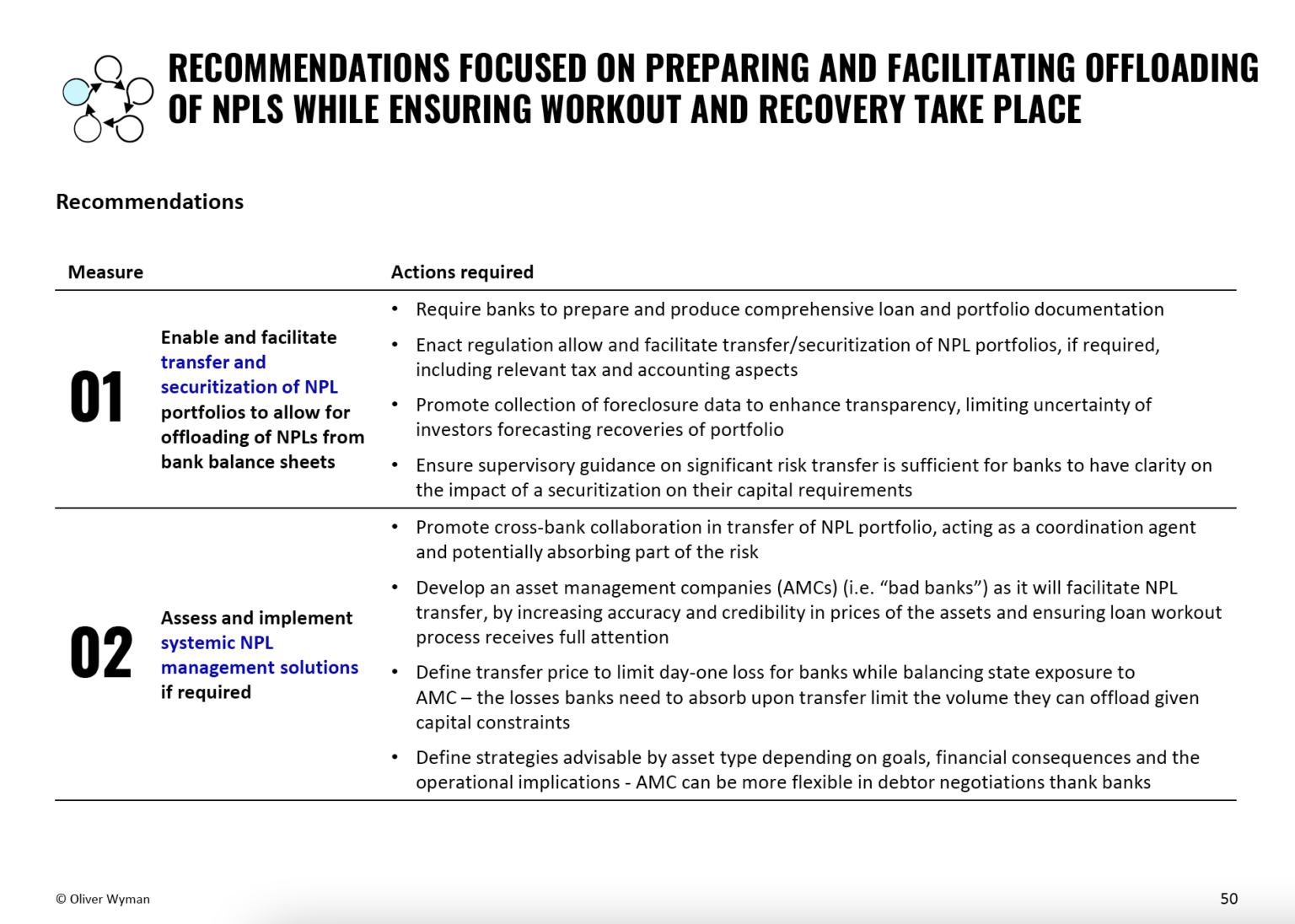The Economics Of A Chocolate Craving: One Bar's Impact On Global Inflation

Table of Contents
The Global Chocolate Market: A Multi-Billion Dollar Industry
The global chocolate market is a behemoth, a multi-billion dollar industry influencing economies worldwide. Key players, from massive cocoa bean producers in West Africa to multinational confectionery giants and local retailers, contribute to its immense scale. However, the seemingly stable sweetness of the chocolate market masks significant price volatility. Several factors influence the cost of chocolate, impacting everything from the price of a single bar to global inflation trends:
- Cocoa Bean Harvests and Weather Patterns: Unpredictable weather patterns, droughts, and disease outbreaks can severely impact cocoa bean production, driving up prices.
- Global Demand and Consumer Preferences: Fluctuations in consumer demand, fueled by trends and marketing, significantly influence chocolate prices. The rise of premium chocolate, for instance, has increased demand for high-quality cocoa beans.
- Political Instability in Cocoa-Producing Regions: Political unrest and conflict in major cocoa-producing countries can disrupt harvests and supply chains, leading to price hikes.
- Trade Agreements and Tariffs: International trade policies and tariffs impact the cost of importing and exporting cocoa beans and finished chocolate products, directly influencing the price consumers pay.
From Bean to Bar: Tracing the Supply Chain's Impact on Inflation
Understanding the "cost of chocolate" requires tracing its journey from bean to bar. Each stage of the supply chain contributes to the final price, and rising costs at any point can significantly impact the overall price of a chocolate bar. Let's break down the cost components:
- Farming and Harvesting Costs: This includes the cost of land, labor, fertilizers, and pesticides – all subject to inflation and global commodity price fluctuations.
- Processing and Manufacturing Costs: Transforming cocoa beans into chocolate involves energy-intensive processes, making it vulnerable to energy price changes. Labor costs and factory operations also play a role.
- Packaging and Transportation Costs: Packaging materials and transportation (shipping, trucking, etc.) contribute significantly, influenced by fuel prices and logistics costs.
- Retail Markup: Finally, retailers add their markup, influenced by market competition and consumer spending power.
The Influence of Consumer Behavior and Demand on Chocolate Prices
Consumer behavior plays a significant role in chocolate price fluctuations. Our chocolate cravings, influenced by marketing, seasonal trends, and personal preferences, directly impact supply and demand:
- Premium Chocolate vs. Budget Chocolate Consumption: A shift towards premium chocolate increases demand for higher-quality beans, impacting prices across the board.
- Seasonal Purchasing Patterns and their Impact on Supply and Demand: Increased demand during holidays like Valentine's Day and Easter can lead to temporary price increases due to higher production and shipping demands.
- The Influence of Marketing and Branding on Consumer Perception and Price Sensitivity: Marketing campaigns can create a perception of value, influencing consumers’ willingness to pay a premium for certain brands.
Chocolate and Global Inflation: A Broader Economic Perspective
The price of chocolate isn't isolated; it's a microcosm reflecting broader macroeconomic trends. Factors like energy prices, inflation rates, and global trade directly influence the cost of chocolate:
- The Correlation Between Energy Costs and Chocolate Production: Energy costs are crucial in every stage of chocolate production, from farming to manufacturing. Rising energy prices directly translate to higher chocolate prices.
- The Impact of Currency Exchange Rates on Imported Cocoa: Fluctuations in currency exchange rates impact the cost of importing cocoa beans, especially for countries relying on imported beans.
- The Influence of Global Economic Downturns on Chocolate Consumption: During economic downturns, consumers tend to cut back on non-essential items like chocolate, impacting demand and potentially prices.
Conclusion: Understanding the Economics of Your Chocolate Craving
The seemingly simple act of buying a chocolate bar is intricately linked to global economic forces. Understanding the "economics of chocolate" reveals how individual consumer choices, like indulging a chocolate craving, contribute to broader economic trends like chocolate inflation. From cocoa bean harvests to global trade, numerous factors influence the cost of your favorite treat, highlighting the interconnectedness of our global economy. Let's move towards a more informed approach to chocolate consumption, considering the impact of chocolate inflation and exploring sustainable sourcing practices to ensure the future of this beloved treat. By understanding the economics of chocolate, we can make more conscious choices and contribute to a more sustainable and equitable chocolate industry.

Featured Posts
-
 Ai La Nha Vo Dich Dau Tien Cua Giai Bong Da Thanh Nien Sinh Vien Quoc Te
Apr 30, 2025
Ai La Nha Vo Dich Dau Tien Cua Giai Bong Da Thanh Nien Sinh Vien Quoc Te
Apr 30, 2025 -
 New Cruise Ship Features What To Expect In 2025
Apr 30, 2025
New Cruise Ship Features What To Expect In 2025
Apr 30, 2025 -
 Ameliorer La Securite Routiere L Efficacite Des Glissieres De Protection
Apr 30, 2025
Ameliorer La Securite Routiere L Efficacite Des Glissieres De Protection
Apr 30, 2025 -
 Apartheid Crimes Commission Ramaphosas Commitment To Justice
Apr 30, 2025
Apartheid Crimes Commission Ramaphosas Commitment To Justice
Apr 30, 2025 -
 Initial Delivery Of Serval Armored Vehicles To French Military
Apr 30, 2025
Initial Delivery Of Serval Armored Vehicles To French Military
Apr 30, 2025
Latest Posts
-
 Cavs Week 16 Analysis Assessing The Trades Impact And The Teams Break
Apr 30, 2025
Cavs Week 16 Analysis Assessing The Trades Impact And The Teams Break
Apr 30, 2025 -
 Cleveland Cavaliers Week 16 Key Takeaways Big Trade Impact And Much Needed Rest
Apr 30, 2025
Cleveland Cavaliers Week 16 Key Takeaways Big Trade Impact And Much Needed Rest
Apr 30, 2025 -
 Celtics Homestand A Defining Moment In The Championship Race
Apr 30, 2025
Celtics Homestand A Defining Moment In The Championship Race
Apr 30, 2025 -
 Will Celtic Rise To The Occasion Homestand Defines Championship Prospects
Apr 30, 2025
Will Celtic Rise To The Occasion Homestand Defines Championship Prospects
Apr 30, 2025 -
 Championship Implications Celtics Homestand Showdown
Apr 30, 2025
Championship Implications Celtics Homestand Showdown
Apr 30, 2025
